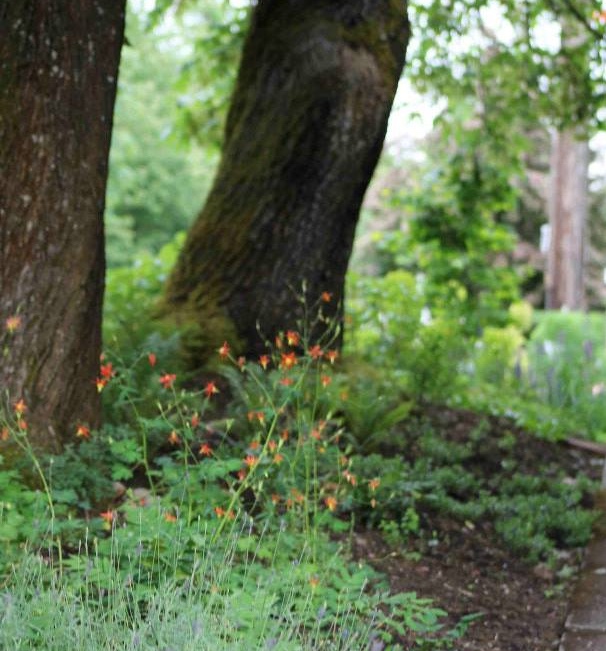I founded the Pollinator Pathway in 2007 as an evocative public park and an exploration into design and ideas about nature for the Anthropocene. It was initially conceived as a park, research project, and a large-scale illustrated book.
The project originated out of an interest in how cultural modes of thought physically shape and mold the natural world (for example, the way that early American artistic movements influenced the creation of the National Parks). It was created to respond to how Western narratives of nature as a cause, or siloed subject of campaigns, leads to fragmentary design. The Pollinator Pathway has some affinity to projects such as Paul Salopek’s Out of Eden and Eric Sanderson’s Mannahatta. Sanderson, after discovering an early map of Manhattan, spent ten years reconstructing what Manhattan might have looked like at Hudson’s arrival. In 2013, Salopek embarked on an immersive journalism project that involves a ten year walk across four continents, following the route of humanity’s migration. The Pollinator Pathway was built along similar lines, but in reverse: it meant creating a nature out of the Anthropocene while seeking to understand the broader implications of civilization-scale design.
The resulting project aimed to draw ideas together across disciplines—the humanities, design, ecology, and urban planning, to name a few. By uniting land fragments, it supported the connection of biological life (based on the basic science behind ecological corridors); and (based in the work of urban planners) by making a public park out of space that would not contribute to sprawl, it supported density inside cities, thus contributing to a movement of walkable cities that produce less sprawl—which leads to more refugia left untouched outside cities, and less climate change.
-Sarah Bergmann


